Share This
Along with changing leaves and a refreshing chill to the air, November also brings with it a noticeable hum of excitement in the global whole grain community as International Whole Grain Day approaches!
The effects of climate change have spurred serious global discussions focused on how we can adapt to decrease human impact on the planet in almost every aspect of our lives. Particularly against the backdrop of a pandemic, the impact of our diet and food systems on the health of both ourselves and our planet have been topics ever more front-of-mind. This year, the WGI International Whole Grain Day celebration focuses on why choosing whole grains is good for you, and for the planet.
Whole grains and environmental challenges
Roughly one third of global greenhouse gas emissions originate from our food system – the system that produces, manufactures, and distributes the food that we eat. Food systems are complex and include all facets of what it takes to not only grow food, but to get it to your table. Despite the complexity, positive impacts can be made on the overall environment by thinking about what we grow and what we eat.
Whole grains play an important role in these conversations. Agriculturally, grains are less resource intensive than other foods. It takes less water to produce one calorie of whole grains than it takes to cultivate a calorie of beans or vegetables – and approximately 20x less water to produce a calorie of grains than to product a calorie of meat. Grains, especially ancient grains such as millets and ancient wheats, are known for their drought tolerance, an important factor as we face a warming world. Grains are not only more efficient in water use per calorie grown, but they are also more efficient in use of land. 75% of global agricultural land is used for animal products, which only contribute 17% of our global calorie intake. Approximately 42% of daily calories come from the three largest cereal crops – maize (corn), wheat, and rice — while only 15% of agricultural land is used for cereal production.
Whole grain and plant-based diets
The idea of a sustainable diet has been a growing in popularity for some time. According to the EAT-Lancet Commission, an ideal diet is one that is sustainably produced and meets basic nutritional needs. Unsurprisingly, it turns out this diet is mostly plant-based. The Commission found that an ideal diet should include about 8 servings of whole grains (the current US dietary guidelines recommend 3-5 servings for an adult), along with vegetables, dairy foods, fruit, legumes, and nuts, with animal foods (like eggs, poultry, and meat) eaten only in very small amounts.
It is clear from the WGC’s 2021 Consumer Insights Survey, that whole grains also factor strongly in consumers’ ideas of what a sustainable diet looks like. Two-thirds of consumers consider whole grains to be sustainable and environmentally friendly, and a growing number of consumers cite sustainability as a motivating factor when purchasing whole grains. Moving toward a more plant-based diet does means a partial or full departure from animal products, which are a main source of protein for many. Although whole grains are primarily a source of carbohydrates in the diet, they also contain protein and healthy fats. In fact, whole grains have protein content that would surprise most people. By making the switch to whole grains, you can get a protein boost at each and every meal of the day.
Role of WG in fighting chronic diseases
We’ve known for a long time that eating more whole grain is linked to better health. Whole grain intake reduces the risk of heart disease, type 2 diabetes, stroke, obesity, and certain cancers. Compared to people who eat the least whole grains, people who eat the most whole grains have a 16-18% lower risk of death from all causes, 18% lower risk of death from heart disease, and 12% lower risk of death from cancer.
Not only does our diet play a role in promoting and maintaining healthy systems, but it also impacts our ability to actively fight off illness and pathogens that exist in the world around us, ever important as the impact of COVID-19 continues to make itself known across the globe. New scientific focus has found that the health of our digestive system directly impacts functions related to digestion, as well as our health overall, including immune strength and reduced inflammation in our body. To maintain a healthy gut, eating a balanced diet full of prebiotic foods is the best path – with whole grain fiber being particularly beneficial.
The health benefits of consuming a diet rich in whole grain are fairly well-recognized, but what about the economic benefits? In celebration of International Whole Grain Day, the Whole Grains Council and General Mills Bell Institute for Health and Nutrition will be hosting a webinar diving into some of the health care cost savings that switching to a diet rich in whole grains can yield. Please join us!
#ICHOOSEWHOLEGRAINS
Join experts from the FAO, the WHO and the WGC for the International Whole Grains Day webinar on November 16 (9:30-11am ET) to learn more about the impact whole grains can make. Like last year, we invite you to celebrate whole grains with us all month long! Check out the WGI media toolkit for graphics, videos, and animations you can share on social media. Follow along on Instagram and Twitter @eatwholegrains and @wholegrains_council, and participate in the WGI photography challenge (running November 8-16) by tagging #Ichoosewholegrains in a post of a whole grain dish for a chance to win a whole grain prize. And remember to choose whole grains for a healthier planet and a healthier you! (Abby)

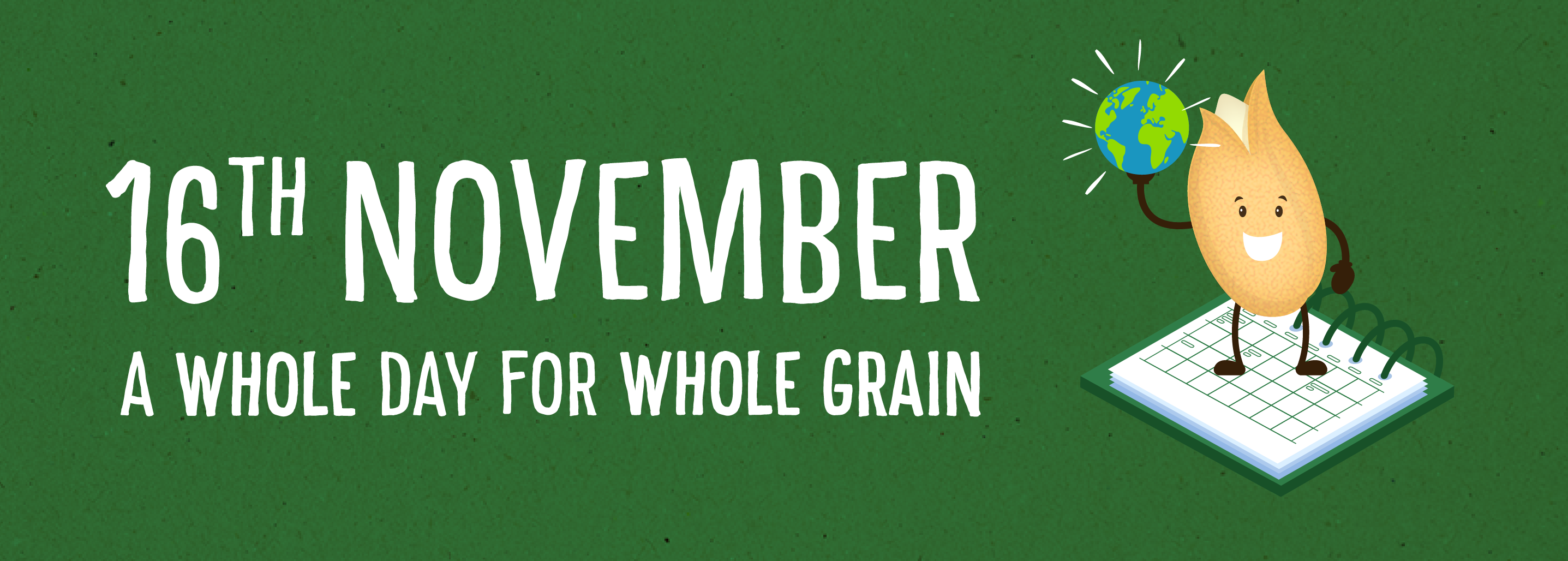
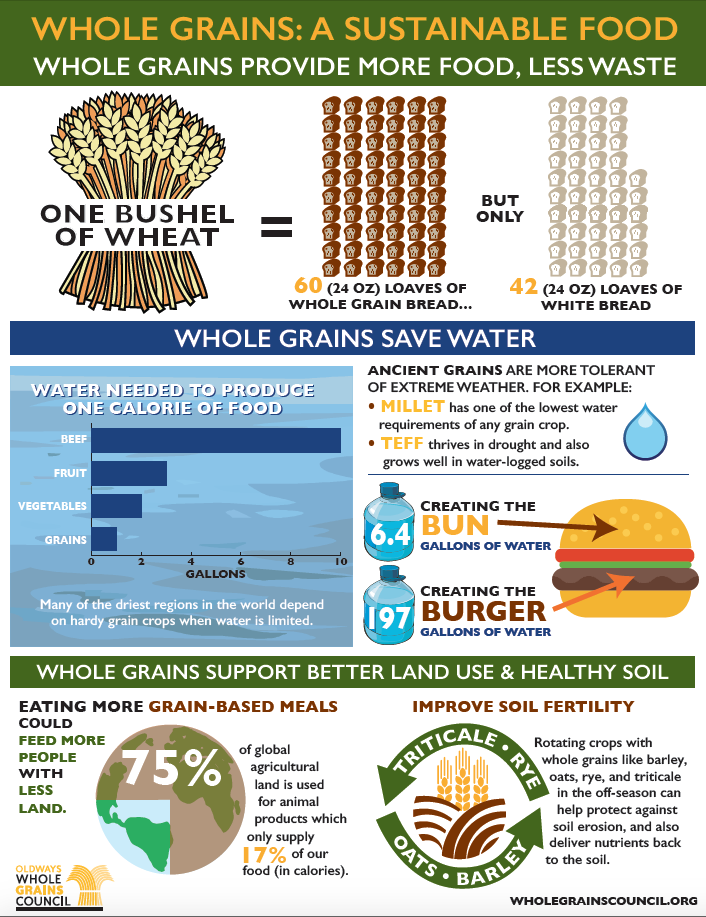
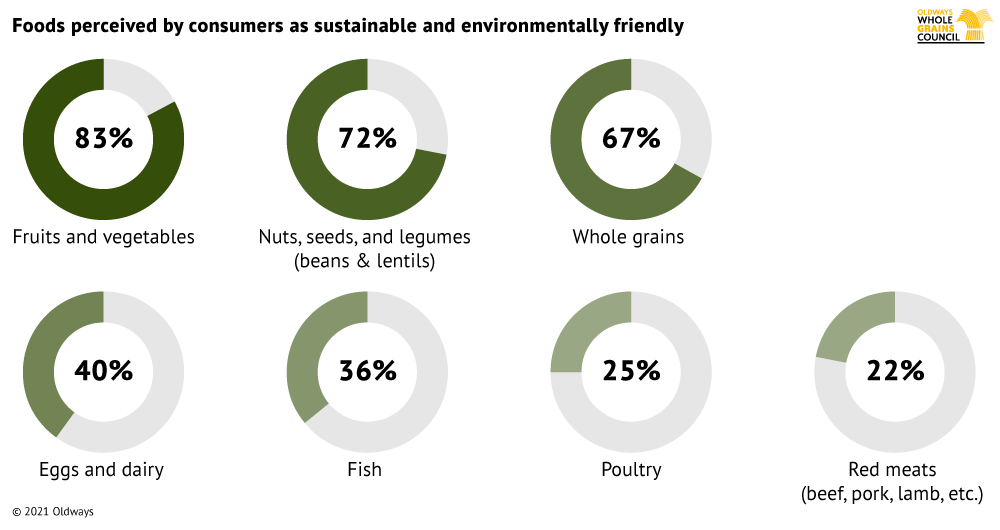
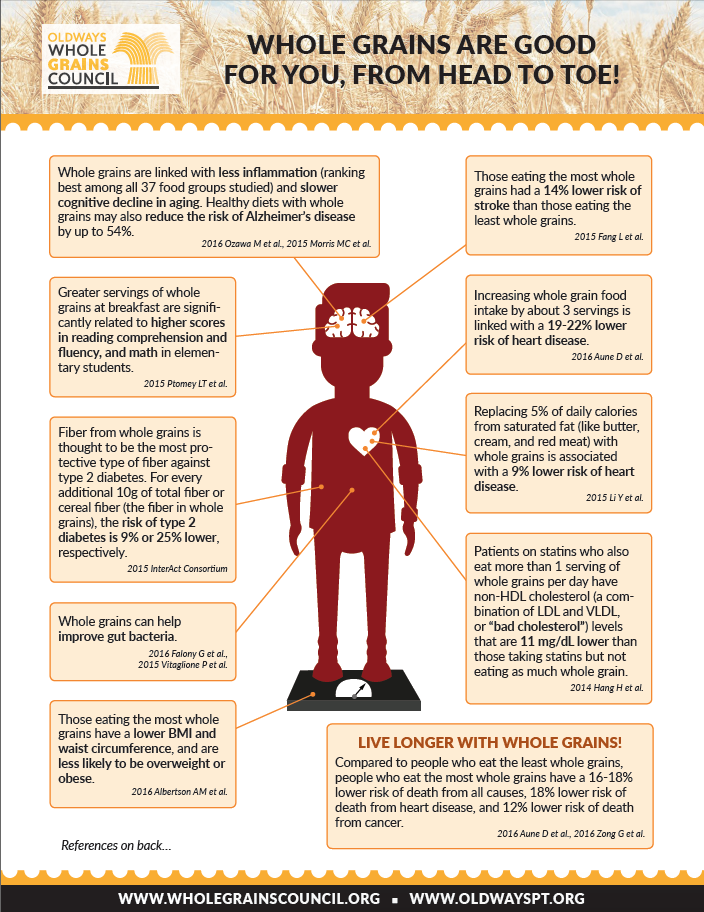
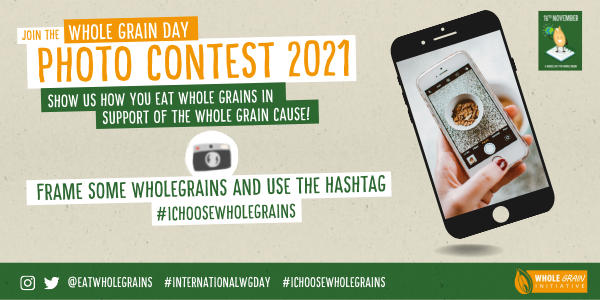
Add a Comment